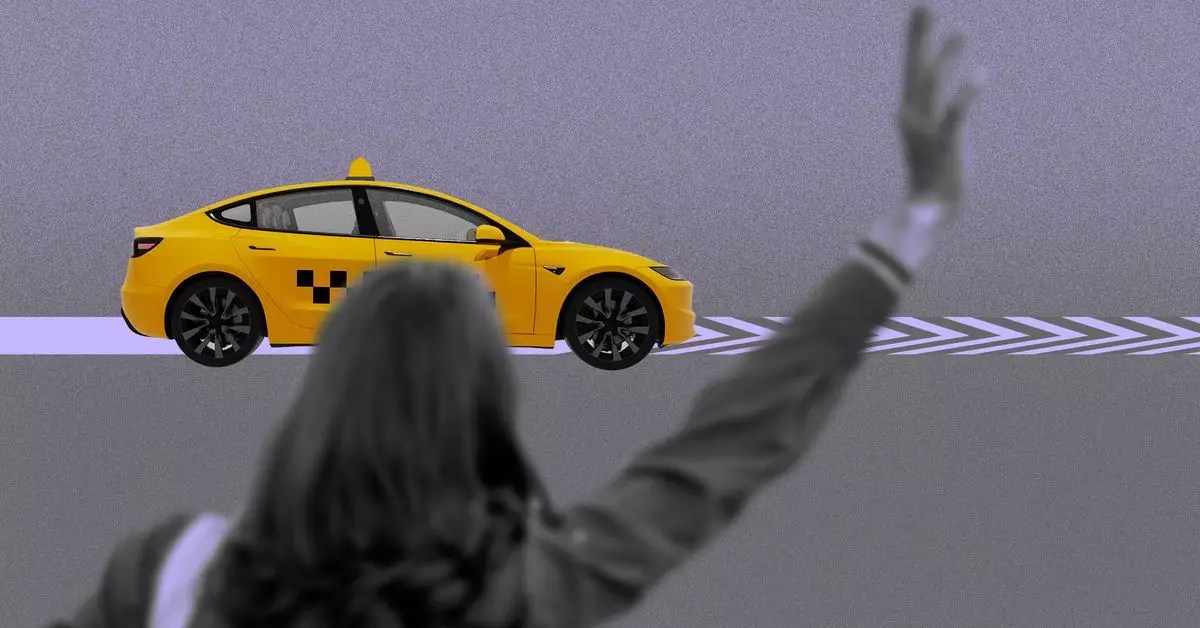Tesla’s upcoming “We, Robot” event at the historic Warner Bros. film lot in Burbank, California, marks a significant milestone in the automotive and tech industries. As CEO Elon Musk prepares to unveil the company’s first fully driverless vehicle, anticipation reaches a fever pitch among enthusiasts, investors, and critics alike. This high-profile showcase aims to highlight Tesla’s advancements in autonomous technology, particularly its much-anticipated Tesla Network—positioned as a next-generation ride-hailing service that leverages fully self-driving capabilities.
A Long-Awaited Reality
For years, Musk has tantalized the market with ambitious promises of a driverless Tesla, consistently claiming that such vehicles were merely “two years away.” However, the repeated delays and setbacks have left many questioning the feasibility of these projections. The “We, Robot” event acts as more than just a product launch; it represents a crucial inflection point for Tesla, wherein proof of concept must materialize into deliverable technology. Investors are poised, not just for aspirations but for tangible results that could solidify Tesla’s position in a competitive landscape that includes formidable players like Waymo and Cruise.
The skepticism surrounding Musk’s timeline reflects a broader concern in the auto industry concerning the pace of technological progress and regulatory challenges. As companies such as Waymo and Cruise continue to innovate and lend credence to the robotic taxi model, Tesla’s offering must not only catch up but potentially redefine the market. Musk’s ability to deliver autonomous technology that meets rigorous safety standards and garners consumer confidence will be pivotal. If Tesla can adequately showcase a viable robotaxi that outperforms competitors, the “We, Robot” event could reshape public perception and market dynamics in favor of Tesla.
In addition to unveiling the robotaxi, the event will likely include updates regarding Tesla’s humanoid robot, Optimus. Named after the legendary figure of science fiction and designed to embody advanced robotics, Optimus could serve not only as a showcase of Tesla’s technical prowess but also as a potential foray into labor automation. Yet, the utility and practicality of such a robot in everyday life remain firmly in the speculative realm. As Musk draws parallels to Isaac Asimov’s “I, Robot”, the question of ethical implications and societal readiness for autonomous robots will invariably arise.
Expanding the Portfolio
Rumors are also swirling about Tesla possibly introducing a mystery vehicle—potentially a stylish van or a more affordable car aimed at the increasingly competitive Chinese EV market. Such a move could signify Tesla’s strategy to diversify its product line to capture a larger market share, particularly in emerging economies where affordability is key to adoption. By unveiling a more budget-friendly option, Tesla could effectively appeal to a broader consumer base and enhance its global footprint.
Ultimately, the stakes couldn’t be higher for both Tesla and Musk. The “We, Robot” event is more than just a presentation; it is an opportunity for Tesla to align its ambitious vision with reality. Success at this event could strengthen investor confidence and revitalize market interest, while failure to deliver could cast a long shadow over Musk’s credibility and the company’s future. As attendees and viewers tune in, the world will be watching closely—the future of autonomous transport hangs in the balance.


Leave a Reply